New Zealand is home to a collection of weird and wonderful creatures. I have already written about the world’s largest insect and the world’s only carnivorous snail but the top of the pops for the weirdest creature is the pre-historic tuatara. (pronounced too -a -tar -ra) Tuatara is Maori for ‘peaks on the back’ and Maoris regard them as a special treasure.
These unique lizard-like reptiles, often referred to as ‘living fossils’ have been around for 225 million years and are basically miniature dinosaurs and are the last survivors of an ancient lineage of reptiles. Although they were once found in many parts of the world, today, they are only found in New Zealand.
Although it is believed tuataras were food for early Maoris, today, they are treated with respect and Maori women are forbidden to eat them. Lizards, along with tuataras, are given spiritual significance by Maoris who regard them as messengers of death and disaster. This may be because the tuatara has a third eye in the middle of its head which is easily seen when the creature is young. It eventually covers over as it ages but a ‘third eye’ is often regarded as a portal to the spiritual realm.
Tuataras continue to grow for 35 years and reach sexual maturity after 20. Males grow to a length of between 30cm (12ins) and 80cm (30ins) and can weigh around 1kg (2.2lbs) Females are shorter and almost half the weight of a male. The spikes on the tuatara’s back resemble those of a crocodile and if bitten off by a predator, the creature’s tail can regenerate.
HABITAT
During the 19th and early 20th centuries, Tuataras were killed off by the vast number of pacific rats that plagued the New Zealand mainland. As a result, their numbers dramatically declined and even before European settlement, they were only found on 32 offshore islands that were free from the rats. In the 1990s a conservation campaign was set up and today, it’s estimated there are between 60,000 and 80,000 surviving on these islands and it now appears their survival is safe.
CAPTIVE BREEDING
The first recorded captive tuatara breeding programme took place in Auckland as far back as the late 1880s by Sir Algernon Thomas, an Auckland professor. Since Algernon’s pioneering efforts, zoos in Auckland, Hamilton and Wellington have established their own breeding programmes. However the Southland Museum was the first institution to establish such a programme. In 2005, exactly 110 years after the reptile was first given official protection in New Zealand, tuataras were released into a mainland sanctuary.
Check out a live Tuatara here:
HENRY THE TUATARA
 Prince Henry of Wales (Prince Harry) gently holds Henry
Prince Henry of Wales (Prince Harry) gently holds Henry
New Zealand’s most southerly city, Invercargill, is proud of its oldest and most famous citizen – ‘Henry the tuatara’. Henry is currently 112 and can expect to live for another 50 years before his life span is over.
Henry lives in the museum’s Tuatarium. Established in 1915, it’s the only one of its kind in the world. In 2006, a special plexiglass acrylic roof was placed over the Tuatarium which allows the full spectrum of light to penetrate the interior. Ultra Violet B is essential in producing Vitamin D for the tuatara’s health. The artificial environment at the museum has been so successful that 100 tuataras now live there with Henry. Some of these tuataras are now sent to zoos around New Zealand and a predator free coastal enclosure has recently been constructed near Invercargill to house future tuataras produced at the Tuatarium.
HELPING HENRY
In 2009, attempts were made to make Henry’s life more rewarding so two females were introduced to his enclosure but he took his time to show any interest. He finally chose Mildred who was in her 70s. Male tuataras don’t have a penis. Instead they lift the female’s tail and press their anus up to the female and transfer sperm into her. The process is similar to the way birds procreate. On his 110th birthday, Henry became a father for the first time. The event made headlines around the world and thrilled Invercargill’s 54,000 inhabitants . After Henry’s 11 babies were born, there was much celebration, not only in Invercargill, but across the world among those who love a happy ending.
MY EXPERIENCE WITH HENRY
I was once fortunate to be allowed into Henry’s enclosure to film him. He stared at me completely motionless for a good 15 minutes before he slowly dropped an eyelid over his large black eye. That was the only movement I got from him during my visit. His handlers told me he can be moody and has bitten them on occasion. Despite this usual lack of movement, Henry is a huge attraction in Invercargill, and now that he has a family, visitor numbers have dramatically increased.
On another visit to the Tuatarium, I watched a tuatara have a quick snack. “Quick” is the appropriate word. A number of insects were placed in the enclosure close to one of the tuataras. For all intents and purposes, the tuatara looked like a stuffed one. Only a close inspection revealed movement at the sides of its stomach. One of the insects moved towards the tuatara and as fast as the blink of an eye, the tuatara scooped it into its wide mouth and in a moment, it was eaten. The tuatara resumed its motionless pose as the remaining insects took off in another direction.
Being in the company of tuataras is like entering a pre-historic world – the world these wonderful creatures come from. It is a blessing they have survived down the centuries to fascinate and engage us today.
 Statue to Henry outside Southland Museum
Statue to Henry outside Southland Museum
Did you find this blog interesting? I’d love to hear from you so please leave a comment below.
Ceidrik Heward
Ceidrik Heward is an Amazon TOP SELLING AUTHOR and has lived and worked in 7 countries working as a TV cameraman, director and film tutor. For the past 17 years he has focused on writing and has been published in magazines and newspapers in Europe, USA, Asia and the Middle East.
His interests include photography, psychology and metaphysics. He loves to read and always has at least 3 books on the go. He has written 22 manuals/books and has just completed his 4th short novel. Ceidrik believes sharing information and stories is the best way to stimulate the imagination and enrich our lives.




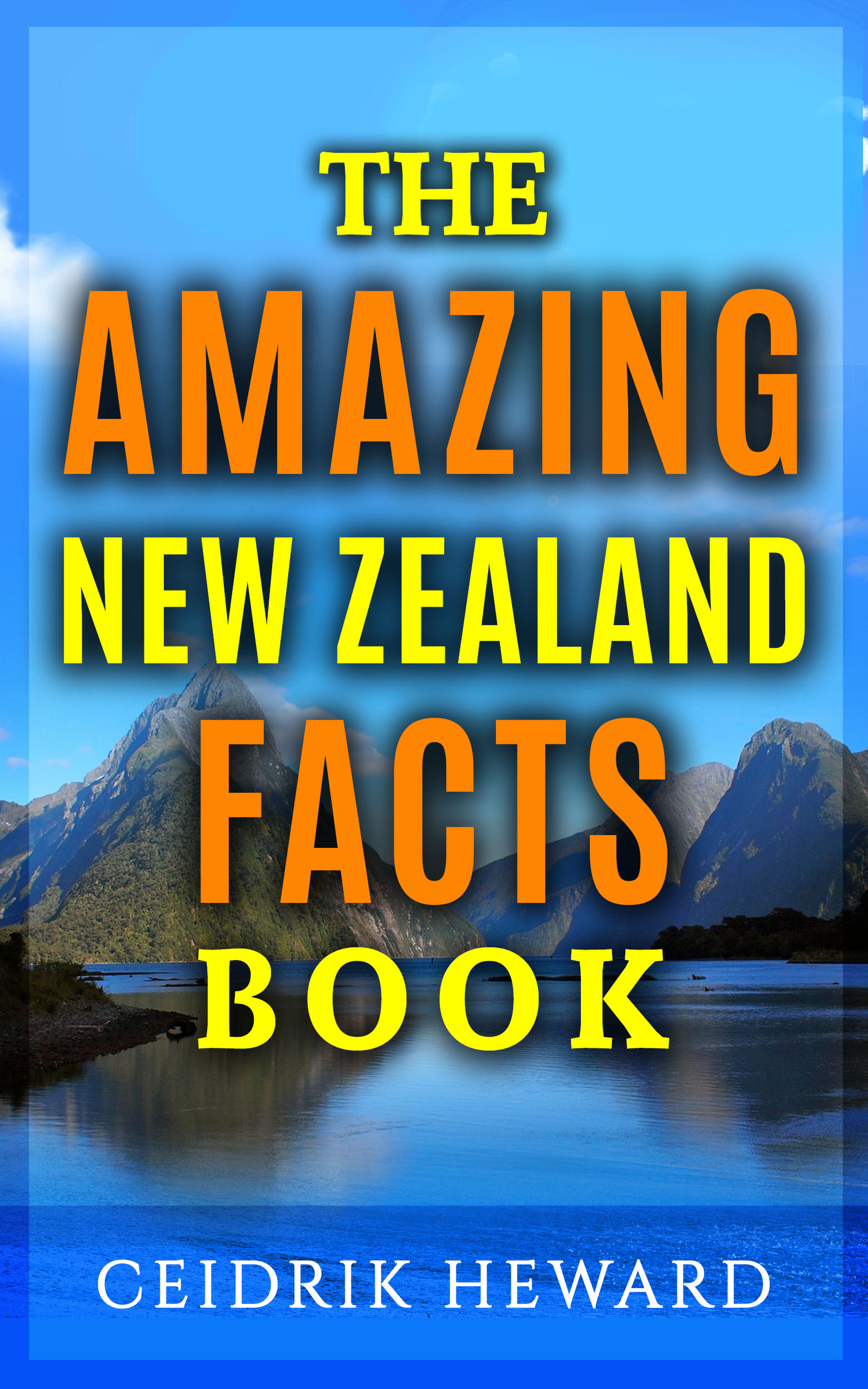
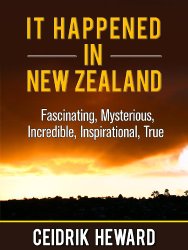
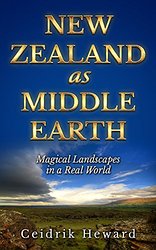
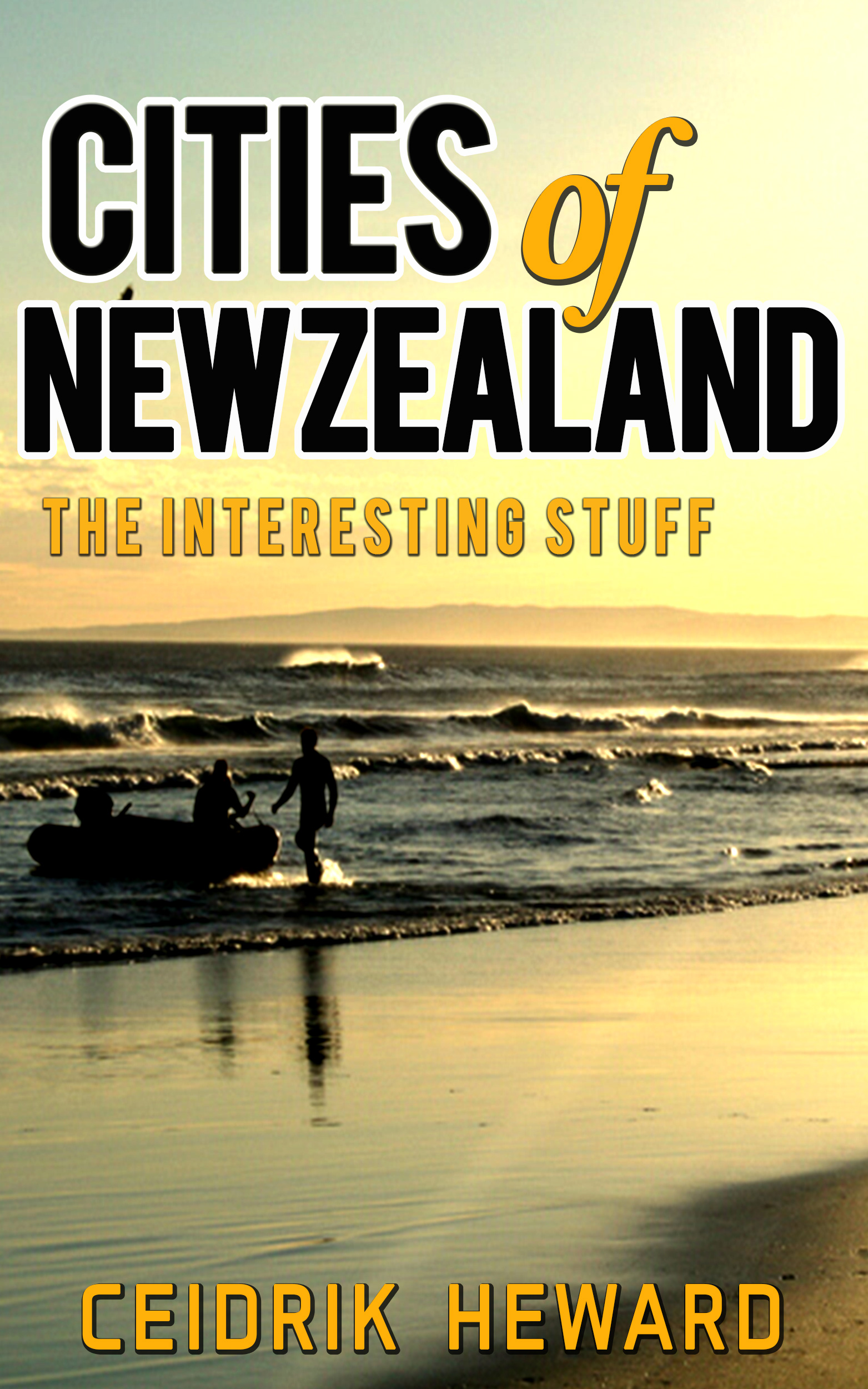

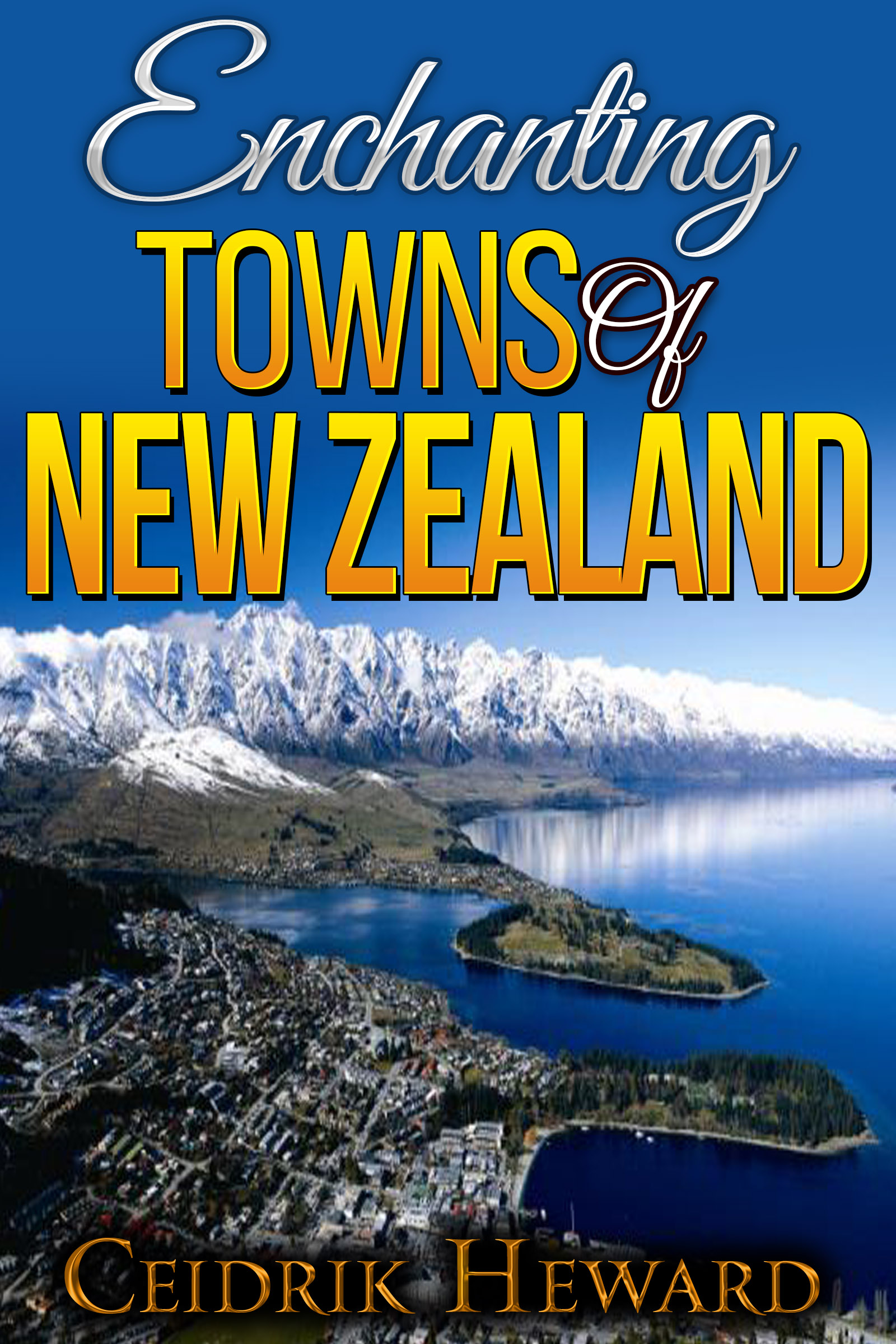
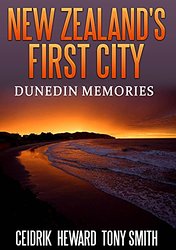
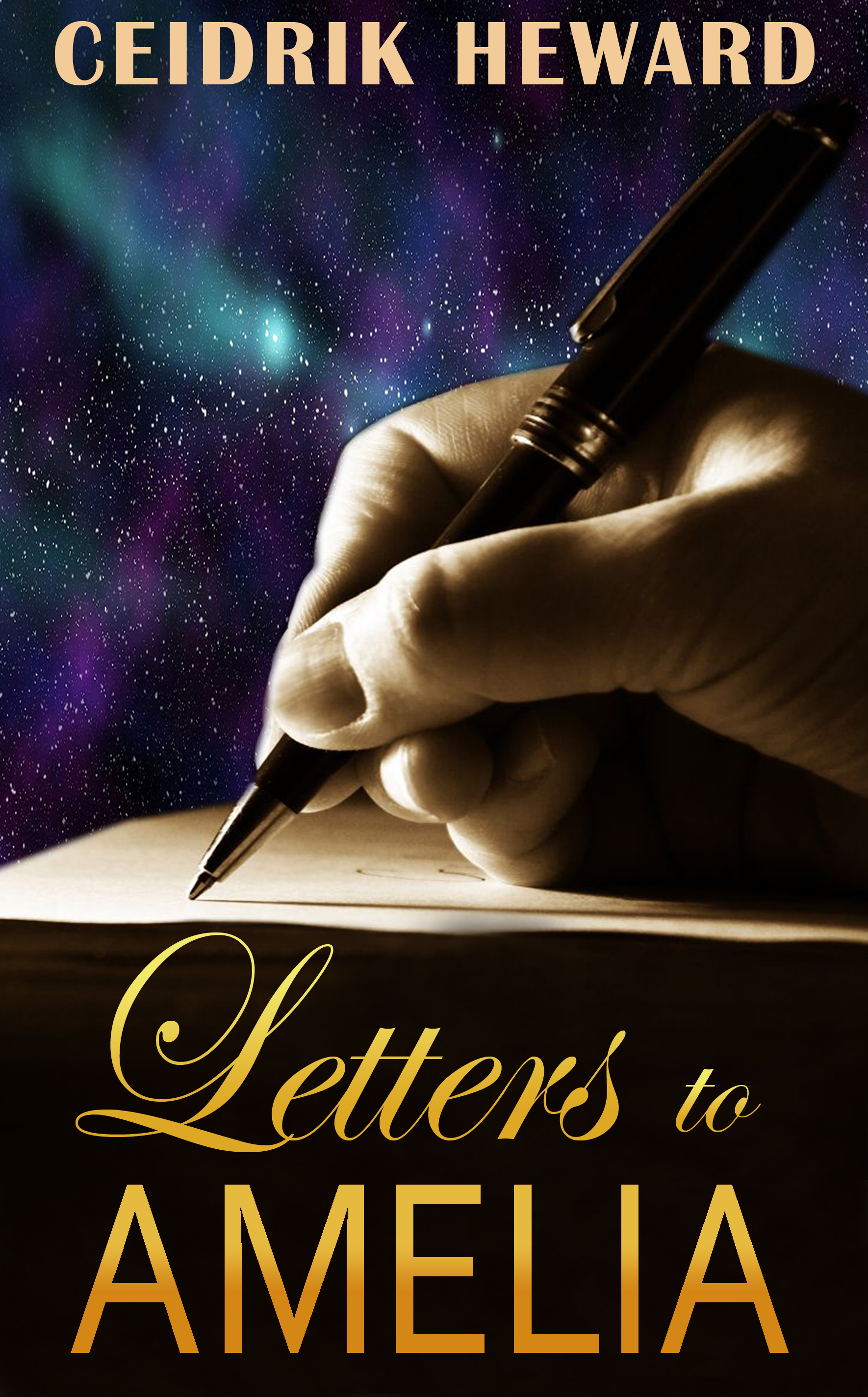
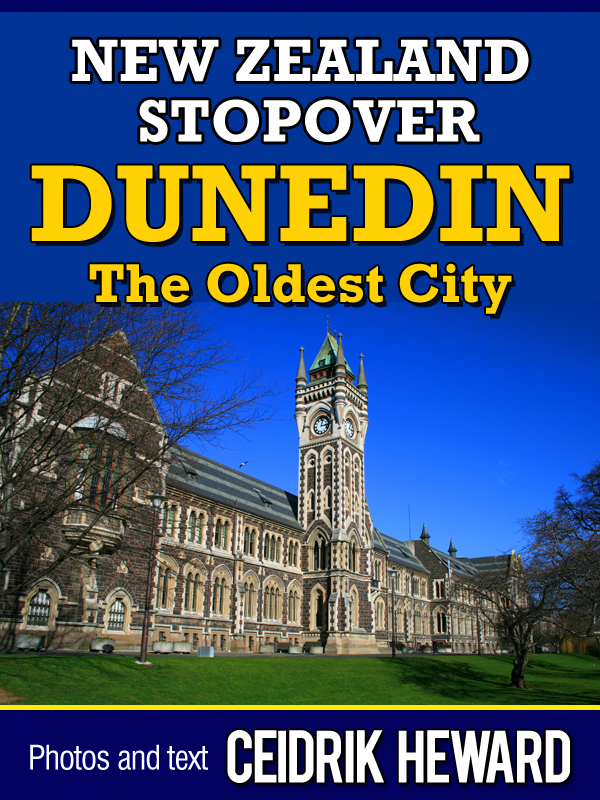

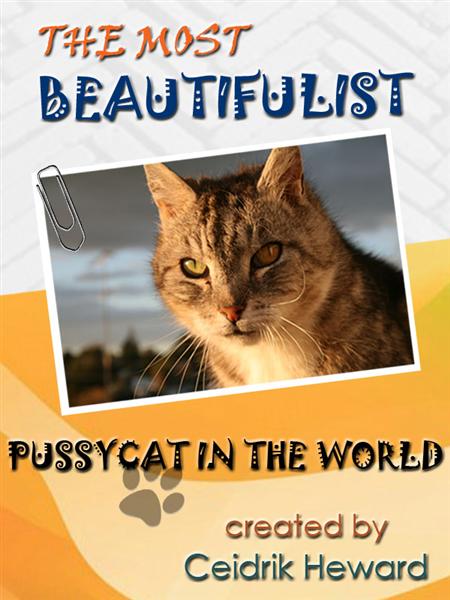
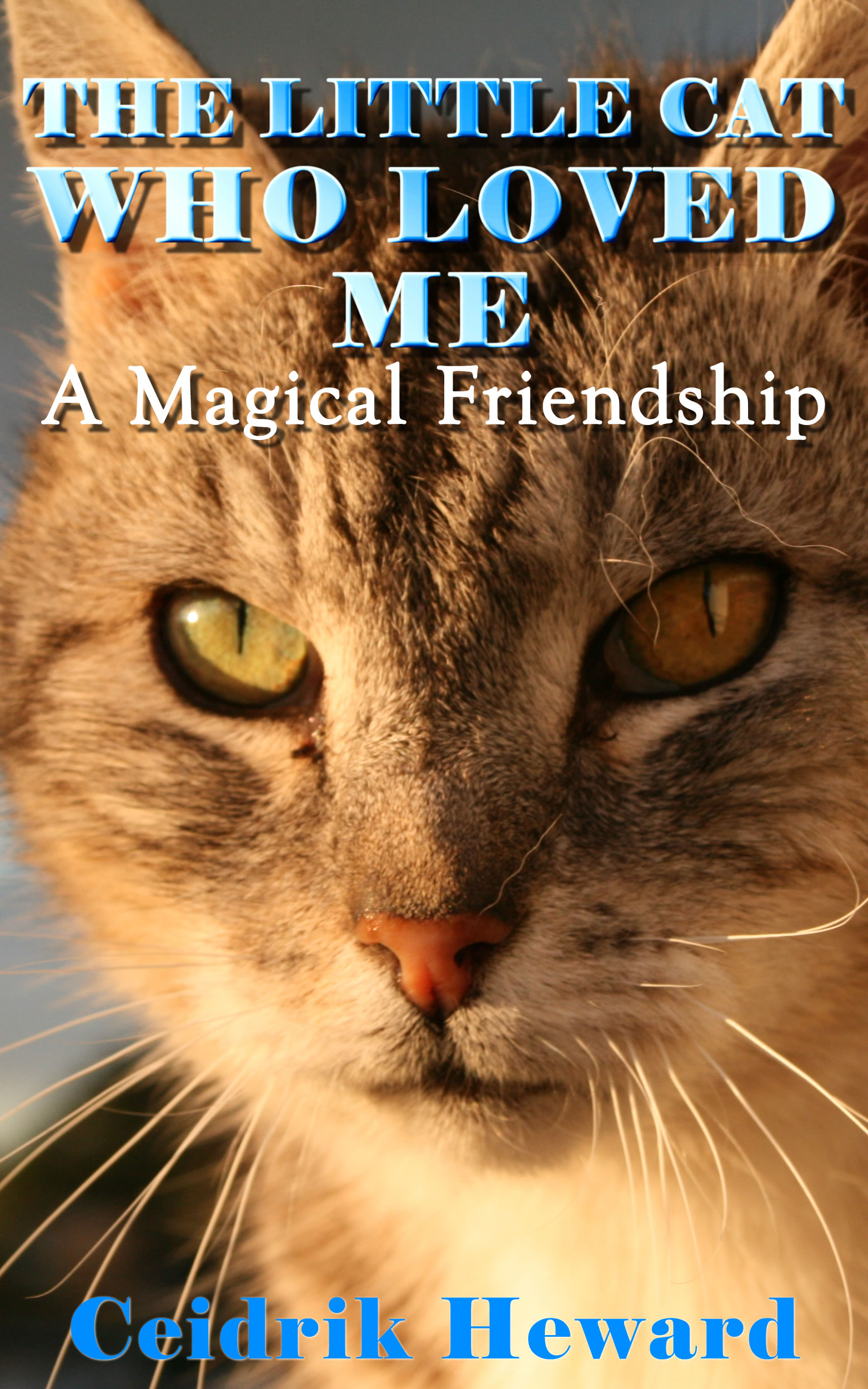

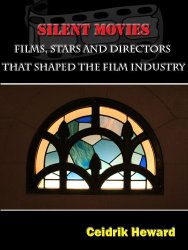





 Visit Today : 284
Visit Today : 284 Total Visit : 1133461
Total Visit : 1133461
Speak Your Mind